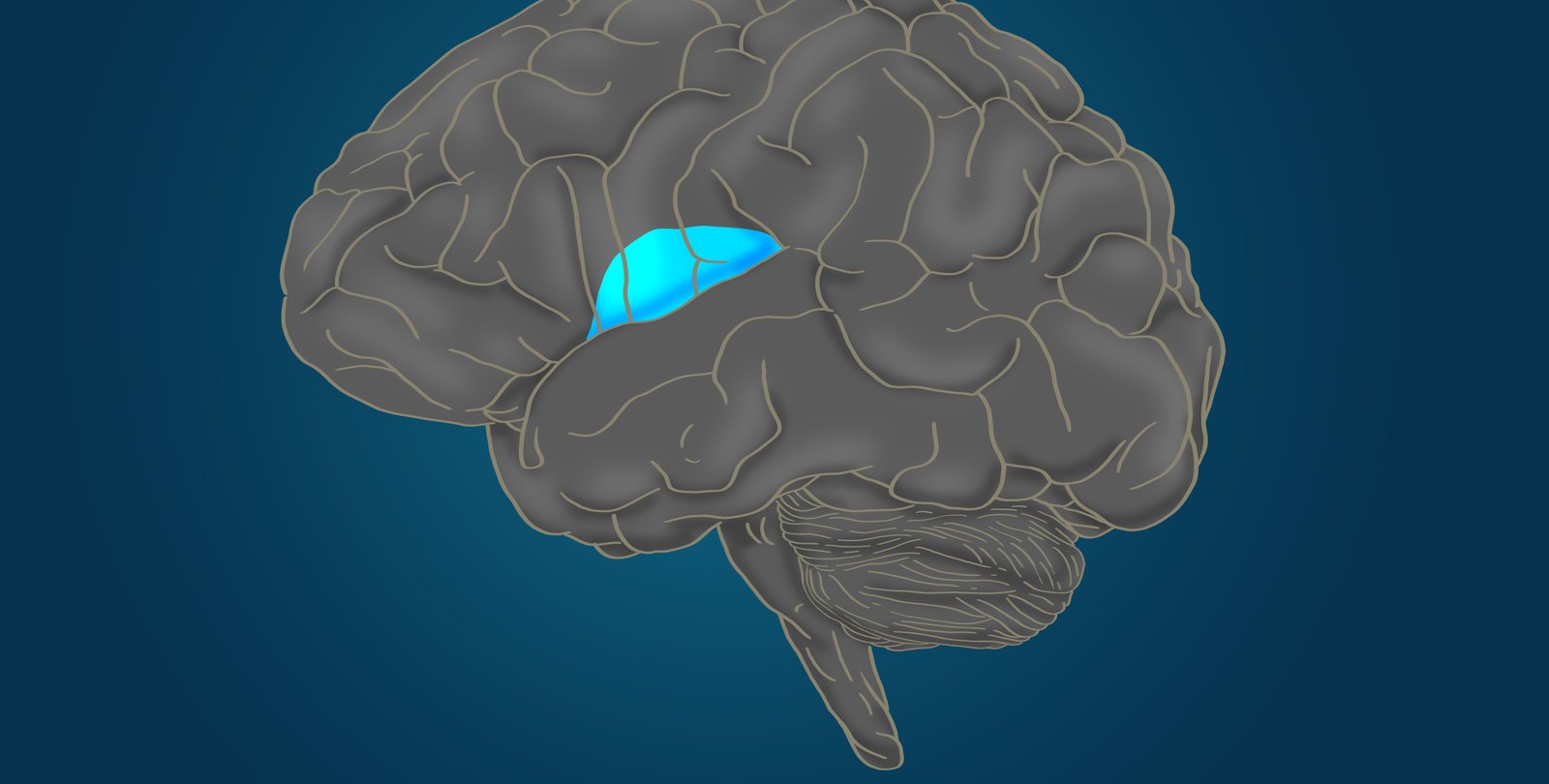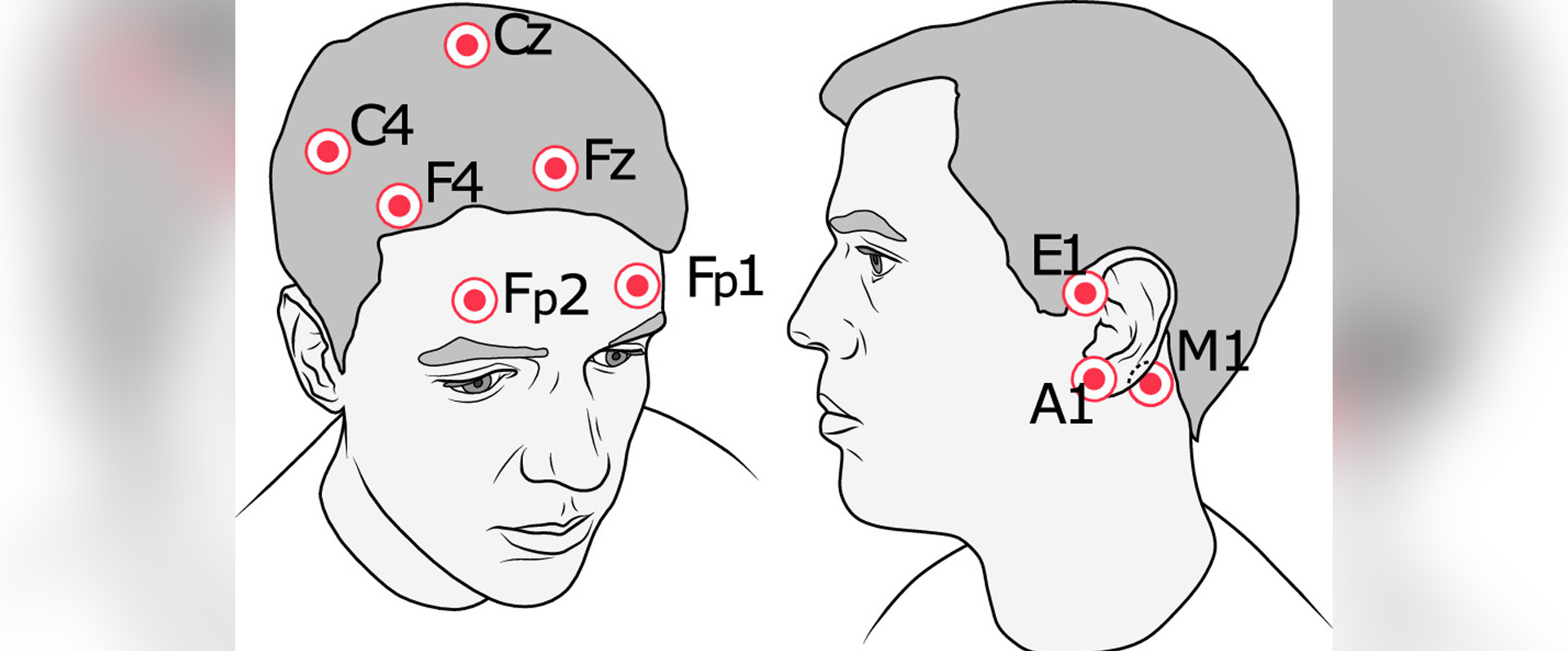-
How Insects Control Their Wings: The Mysterious Mechanics of Insect Flight

Many of us would love the superpower to fly, and for good reason: Flight offers a crucial evolutionary advantage. Flying enables an animal to travel large distances quickly, in search of food and new habitats, while expending far less energy than walking. Through flight, insects colonized the planet and fostered the massive diversification of flowering […]
-
Debunking a Decades-Long Misconception about the Origin of the Vertebrate Sympathetic Nervous System

For decades, researchers believed that lamprey—eel-like jawless fish—did not have sympathetic neurons, which are a part of the peripheral nervous system. The sympathetic nervous system is made up of nerves that target internal organs throughout the body, including the heart, pancreas, and gut. Persistent activity of the sympathetic nervous system is required to maintain homeostasis, […]
-
When Does the Brain Process Reward and Risk?

Imagine that you are considering buying stock in a company. You know what its current value is, and you suspect that you could make a healthy return on your investment. But this stock is very volatile: some days up, some days down. Yes, you could make a lot of money, but you could also lose […]
-
Mutant Newts Can Regenerate Previously Defective Limbs

Many salamanders have the remarkable ability to regrow their own limbs and tails after an injury. How are they able to do this, while more complex mammals, such as humans, cannot? “Certain animals like zebrafish and salamanders are able to regenerate body parts, but higher up on the evolutionary tree of life, regeneration happens much […]
-
Large Language Models in the Classroom

In fall 2023, Professor Frederick Eberhardt allowed Ethics & AI students to use large language models (LLMs) like ChatGPT in assignments, sparking debate. Eberhardt required ‘Generative AI Memos’ detailing tool use. He embraced LLMs despite initial challenges, noting students’ evolution in integrating human and AI-generated content. While some produced impressive work, others struggled with machine […]
-
On behalf of all investigators, Ying Mao presents the results of the Chinese MAGIC-MT study at the 2024 International Stroke Conference

On February 9, 2024, Ying Mao, Director of the Translational Center of Tianqiao and Chrissy Chen Institute, released the results of the MAGIC-MT study on managing non-acute subdural hematoma using liquid materials on behalf of all investigators in the closing ceremony of the 2024 International Stroke Conference in the United States. In recent years, studies […]
-
Large-scale exome-wide association analysis identifies new genes associated with sleep

A joint team led by Jintai Yu, a researcher at Tianqiao and Chrissy Chen Institute, identified new genes associated with sleep phenotypes based on exome-wide sequencing data and association analysis algorithms of nearly 450,000 people, further analyzed the genetic contribution of rare mutations to sleep phenotypes, and explained the genetic mechanisms underlying the association of […]
-
Weight affects the risk of neurological and psychiatric disorders differently

A team led by Jintai Yu, a researcher at the Tianqiao and Chrissy Chen Institute, explored the correlation between body mass index (BMI) and its changes and BMI-metabolic health status with six neurological and psychiatric disorders (stroke, dementia, Parkinson’s disease, anxiety, depression, and sleep disorders). The study demonstrated the harmful effects of obesity on stroke, […]
-
Detection of common EEG phenomena using individual electrodes placed outside the hair

Many studies over the past decades have provided exciting evidence that electrical signals recorded from the scalp (electroencephalogram, EEG) hold meaningful information about the brain’s function or dysfunction. This information is used routinely in research laboratories to test specific hypotheses and in clinical settings to aid in diagnoses (such as during polysomnography evaluations). Unfortunately, such […]
-
Attention, Focus, and a High Risk of Alzheimer’s

According to the National Institutes of Health, Alzheimer’s affects more than 6 million Americans, mostly ages 65 and older. Though the neurological damage from the disease is irreversible, its progression can be slowed by early interventions such as exercise and nutrition regimens. The primary method to measure an individual’s risk of developing the disease is […]